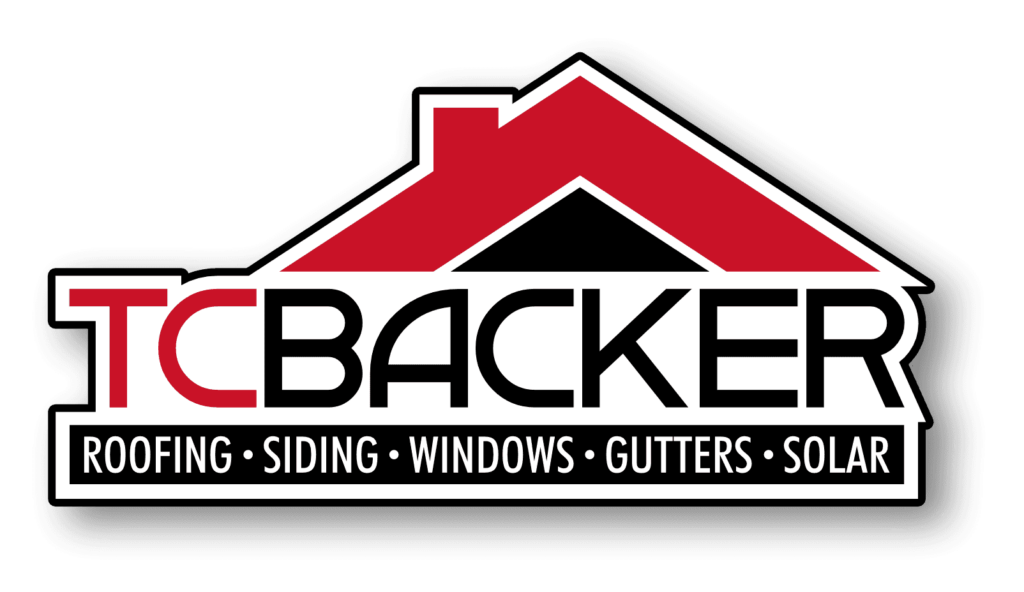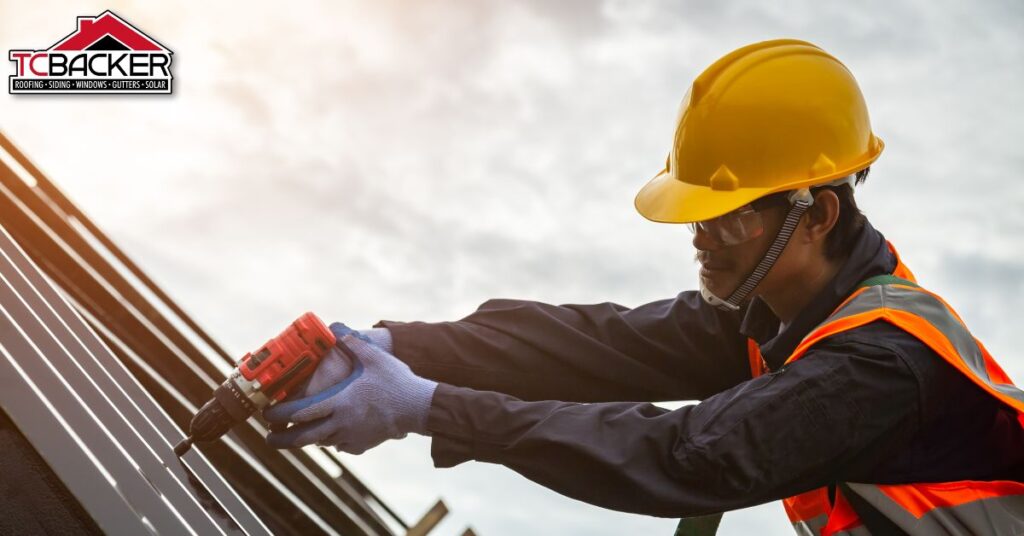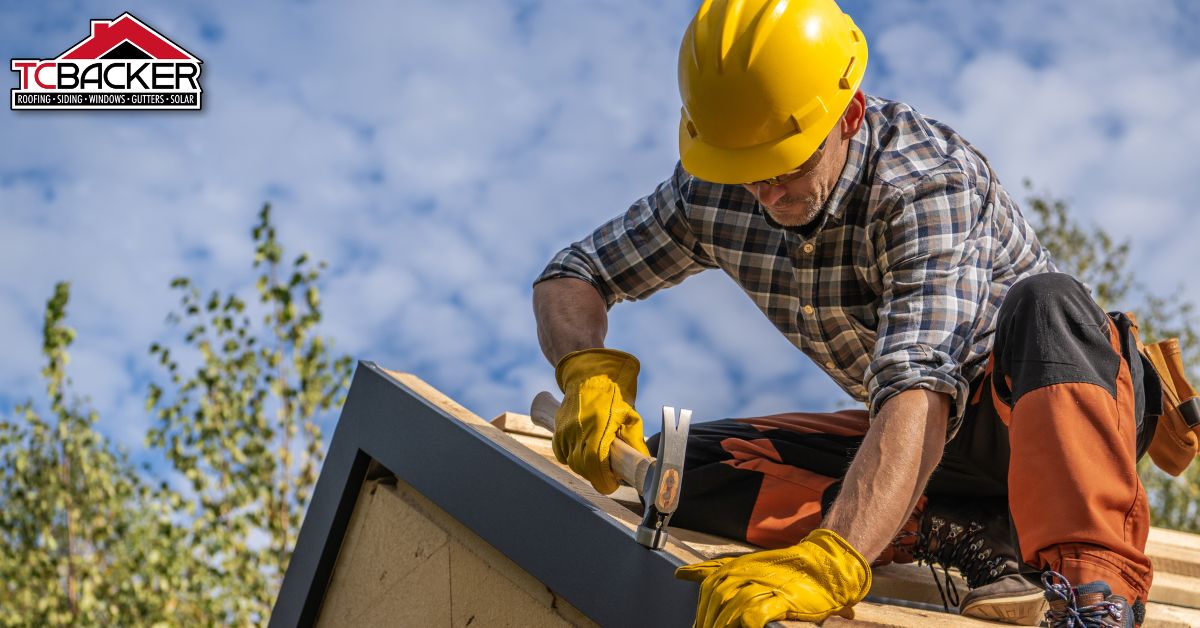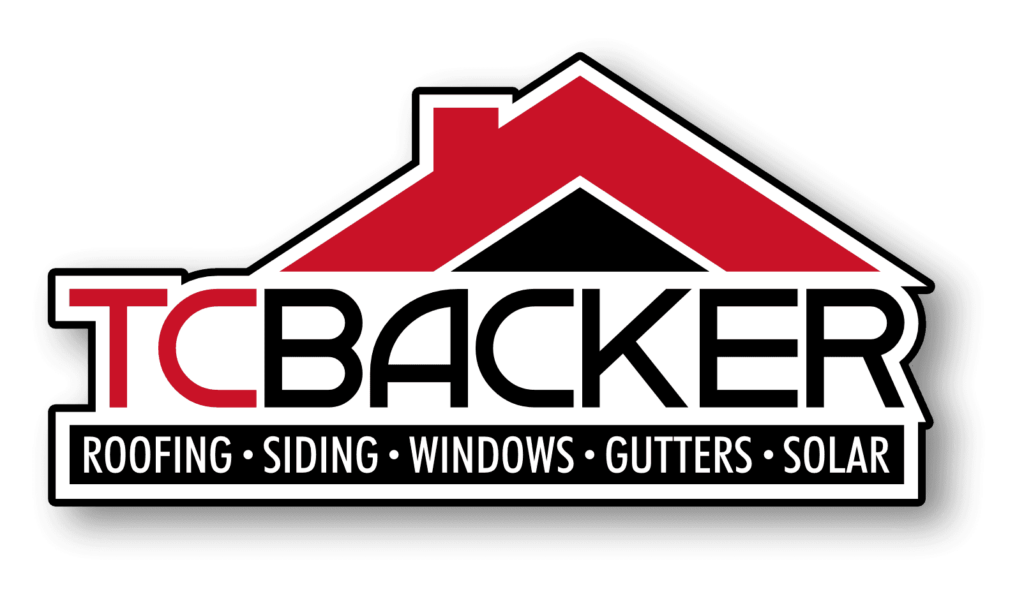Regular roof maintenance is crucial to prolong the life of your roof. Regular inspections are essential; examine your roof biannually, focusing on damaged shingles, flashing, and seals. Clear gutters and downspouts to prevent water damage and ensure proper drainage. Remove debris like leaves and moss to protect roofing materials. Maintain overhanging branches to avoid physical damage. Proper ventilation is vital for preventing moisture buildup and mold growth. Always address issues promptly to maintain the roof’s integrity. Implementing these practices can significantly enhance your roof’s longevity. Discover more effective strategies to ensure your roof remains in prime condition over the years.
Key Takeaways
- Conduct regular inspections twice a year and after severe weather to identify potential issues early.
- Clear roof debris, including leaves and moss, to prevent damage and prolong lifespan.
- Maintain gutters and downspouts to ensure proper drainage and prevent leaks.
- Trim overhanging branches to avoid physical damage and reduce debris accumulation on the roof.
- Ensure proper ventilation in the attic to prevent moisture buildup and enhance energy efficiency.
Inspect Your Roof Regularly
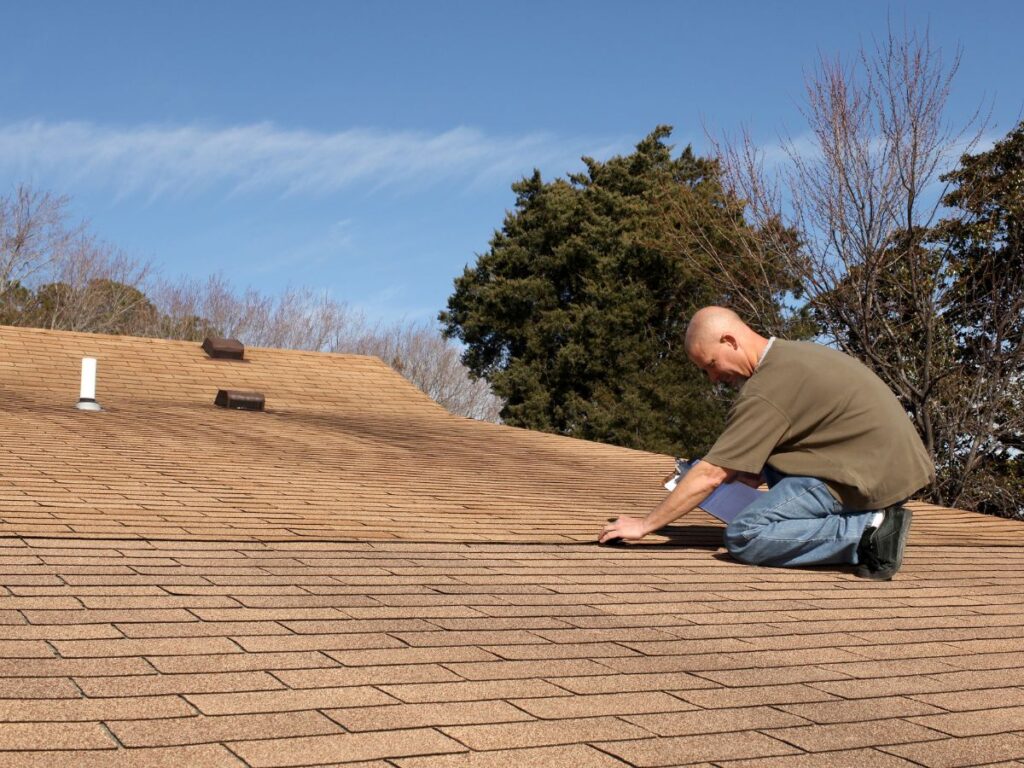
Regularly inspecting your roof is essential to identify potential issues early and ensure its longevity and structural integrity. Roof maintenance is a proactive approach that can save homeowners significant costs in repairs and replacements down the line. By conducting routine inspections, you can detect minor problems such as missing shingles, cracks, or signs of water damage before they escalate into major concerns.
The ideal frequency for roof inspections is at least twice a year, ideally in the spring and fall. Additionally, it is wise to inspect your roof after severe weather events, such as heavy storms or high winds, which can compromise its condition. During these inspections, look for visible signs of wear and tear, including granule loss on shingles, rusted flashing, or any debris accumulation that might obstruct proper drainage. Utilizing a checklist during these inspections can enhance the effectiveness of your roof maintenance routine. Make note of any areas requiring immediate attention, and document the overall condition of your roof for future reference. This practice not only aids in maintaining your roof but also provides valuable information should you decide to sell your home.
If you are uncomfortable performing inspections yourself, consider hiring a professional roofing contractor. Their expertise can ensure a thorough evaluation, providing you with peace of mind regarding your roof’s condition. Ultimately, regular roof inspections are a vital component of effective roof maintenance, contributing significantly to the overall health and safety of your home.
Clean Gutters and Downspouts
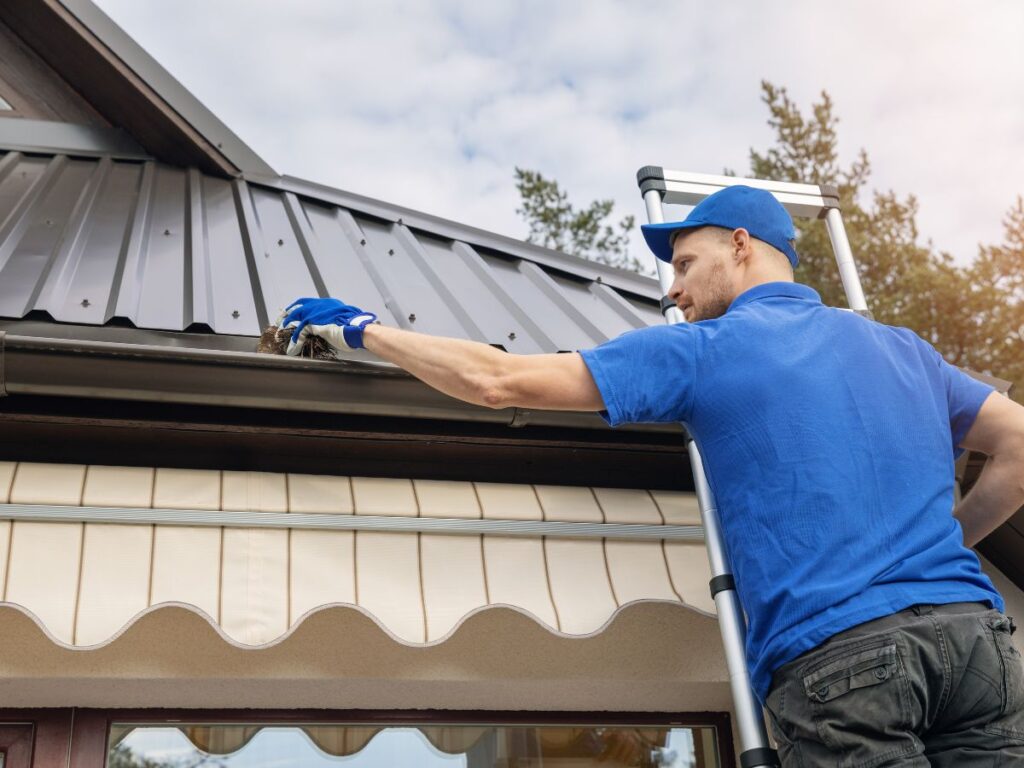
Keeping gutters and downspouts clear of debris is crucial for maintaining proper roof drainage and preventing water damage to your home.
When gutters become clogged with leaves, twigs, and other debris, they can no longer effectively channel rainwater away from your roof and foundation. This can lead to water pooling on the roof, resulting in leaks, mold growth, and structural damage over time. To maintain your gutters and downspouts, it is recommended to conduct inspections at least twice a year, ideally in the spring and fall. During these inspections, look for signs of blockages, such as overflowing gutters or water spilling over the edges. If you notice any issues, take action promptly to clean them out.
Cleaning gutters can be a straightforward task, but safety should always be your priority. Use a sturdy ladder and wear gloves to protect your hands from sharp objects. If the debris is particularly stubborn or your home has multiple stories, consider hiring a professional for assistance. In addition to regular cleaning, installing gutter guards can significantly reduce the frequency of maintenance. These devices prevent large debris from entering the gutters while allowing water to flow freely.
Also, ensure downspouts are directed away from the foundation of your home to prevent erosion and water pooling.
Remove Debris From Roof
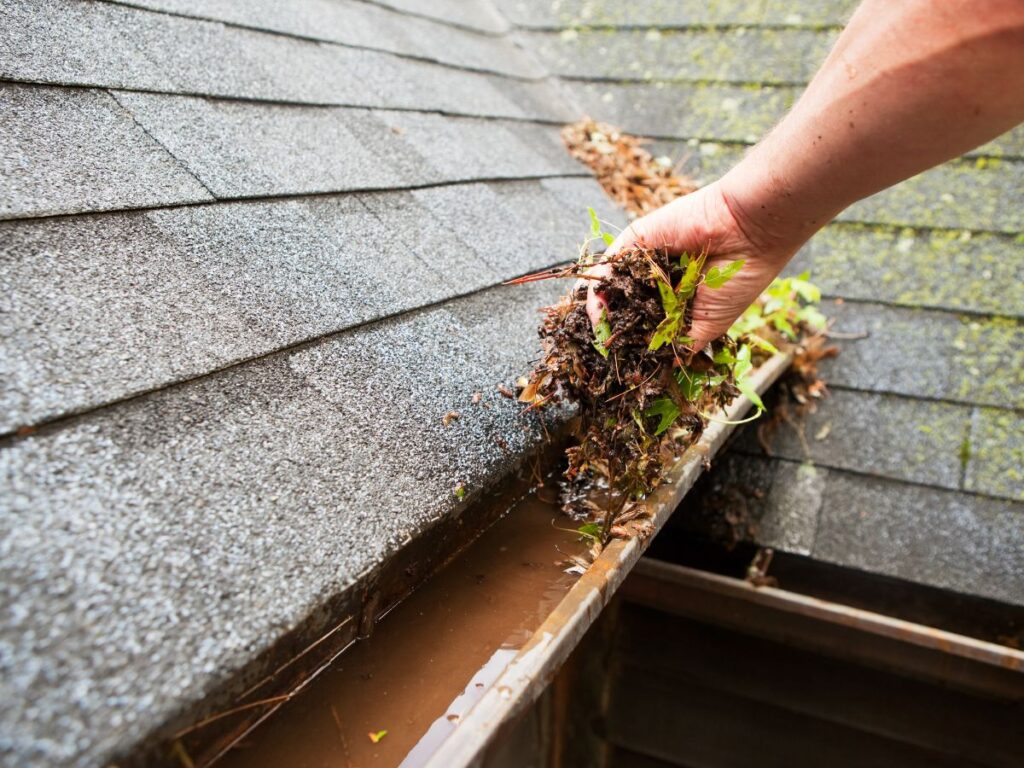
To prevent damage and prolong the lifespan of your roof, it is essential to remove debris such as leaves, branches, and moss that can accumulate on its surface. Over time, this accumulation can lead to various issues, including water retention, mold growth, and damage to roofing materials. Regularly clearing debris not only enhances the aesthetic appeal of your home but also safeguards its structural integrity.
Begin by performing a visual inspection of your roof from the ground. Look for visible debris, particularly in valleys and near chimneys where accumulation is more likely. If safe to do so, use a sturdy ladder to access your roof for a more thorough examination.
When removing debris, utilize a soft-bristle broom or a roof rake to dislodge leaves and branches without damaging the roofing surface. Avoid using metal tools, as they can scratch or puncture shingles.
In addition to organic debris, pay attention to moss and algae growth, which can trap moisture and lead to deterioration. If you observe significant growth, consider applying a moss killer specifically designed for roofs, following the manufacturer’s instructions for safe application.
Regular maintenance, ideally performed twice a year in the spring and fall, will help prevent the buildup of debris. This proactive approach not only enhances your roof’s appearance but also minimizes the risk of costly repairs down the line.
Check for Damaged Shingles
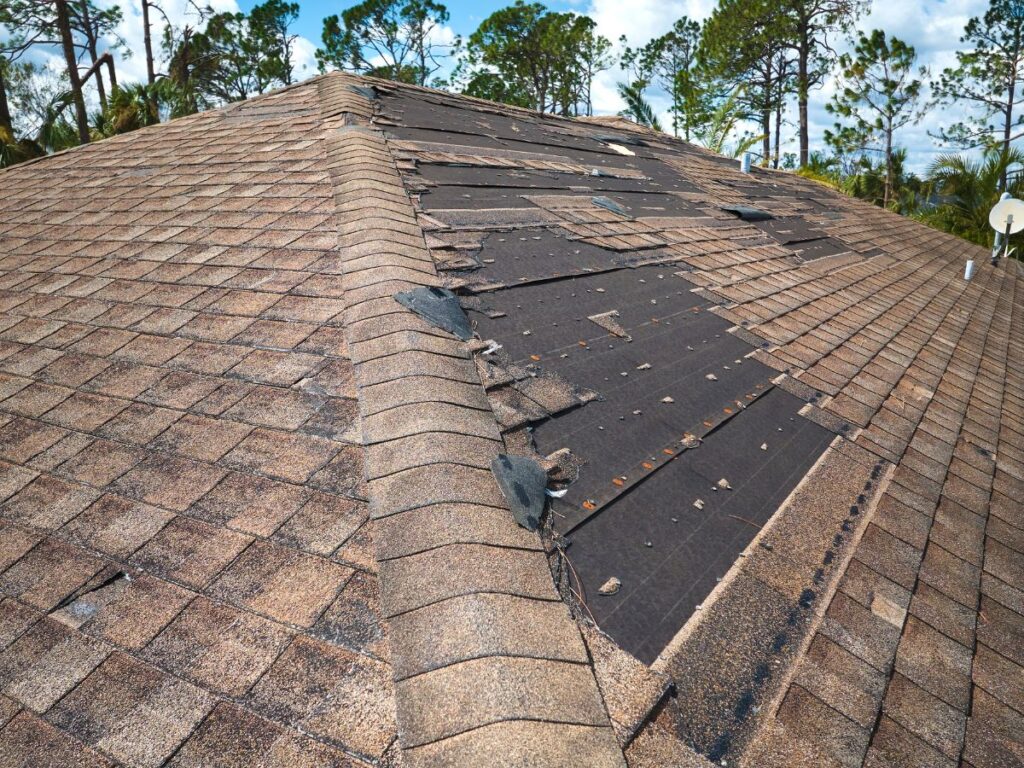
An essential aspect of roof maintenance involves meticulously checking for damaged shingles, as even minor issues can lead to significant water infiltration and structural problems. Regular inspections can help identify issues before they escalate, ensuring the longevity of your roof and safeguarding your home from costly repairs.
When inspecting your roof for damaged shingles, look for signs such as curling, cracking, or missing shingles. These are indicators that your roof may need repair or replacement. Additionally, pay attention to the granules in your gutters; excessive granule loss can signify aging shingles that require immediate attention.
To help you understand the importance of addressing damaged shingles, consider the following table, which outlines potential risks and their consequences:
| Signs of Damage | Potential Consequences |
| Curling or buckling shingles | Increased risk of leaks |
| Missing shingles | Vulnerability to wind and weather |
| Cracked shingles | Water penetration leading to rot |
Inspect Flashing and Seals
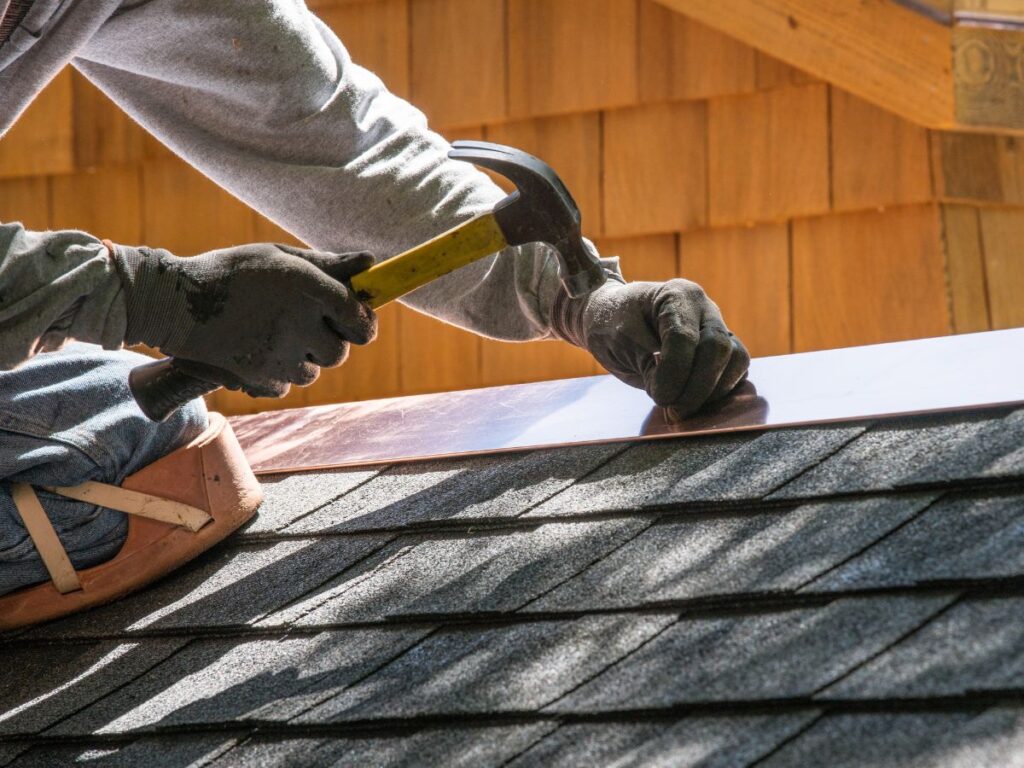
Inspecting flashing and seals is crucial for maintaining the integrity of your roof, as these components play a vital role in preventing water intrusion and protecting vulnerable areas.
Flashing is typically made of metal and is installed around roof features such as chimneys, vents, and skylights. Its primary function is to direct water away from these junctions, minimizing the risk of leaks. Over time, flashing can become damaged due to weather exposure, corrosion, or improper installation, which can lead to significant water damage if not addressed.
Seals, often made from materials like rubber or silicone, are applied to the edges of flashing and other roof penetrations to create a watertight barrier. Deterioration of these seals can occur due to UV exposure, temperature fluctuations, and physical wear. Regular inspection of both flashing and seals is essential to identify any signs of wear, such as cracks, gaps, or rust.
To conduct an inspection, visually examine the flashing for any signs of bending, cracking, or lifting. Ensure that the seals are intact and free from deterioration. If any issues are detected, prompt repairs or replacements are necessary to safeguard your roof’s integrity.
Employing a professional roofing contractor for a thorough evaluation can provide peace of mind and ensure that your roof remains resilient against the elements. Regular maintenance of these components not only extends the life of your roof but also protects the structure and value of your home.
Trim Overhanging Branches
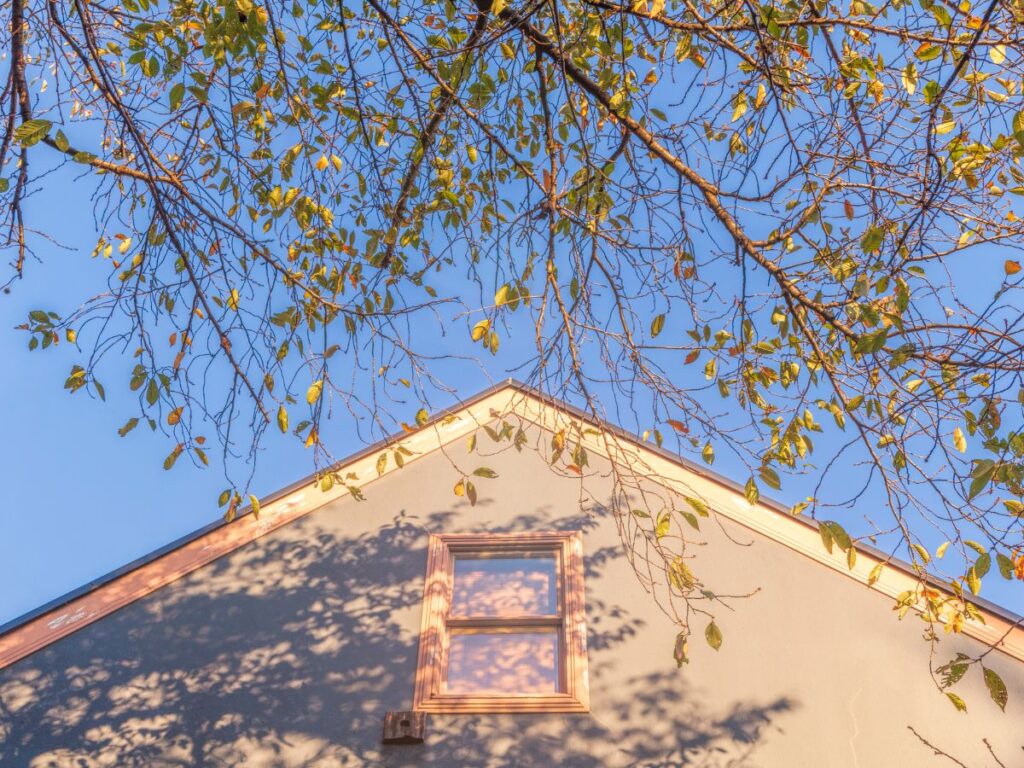
Maintaining the integrity of your roof also involves trimming overhanging branches, as they can pose a threat to the roof’s surface and overall structure. Branches that extend too close to your roof can cause several issues, including physical damage from falling limbs during storms or high winds, and the accumulation of leaves and debris, which can lead to water pooling and potential leaks. Regular maintenance of nearby trees is essential to safeguard your roof’s longevity.
To help you understand the importance of managing overhanging branches, consider the following table:
| Issue | Impact on Roof | Recommended Action |
| Falling Limbs | Physical damage, punctures | Regularly trim branches |
| Leaf Accumulation | Clogged gutters, moisture issues | Clean gutters frequently |
| Pest Infestations | Damage from pests | Inspect for signs of pests |
| Mold Growth | Structural integrity risks | Ensure sunlight exposure |
| Roof Debris | Increased wear and tear | Clear debris regularly |
Maintain Proper Ventilation
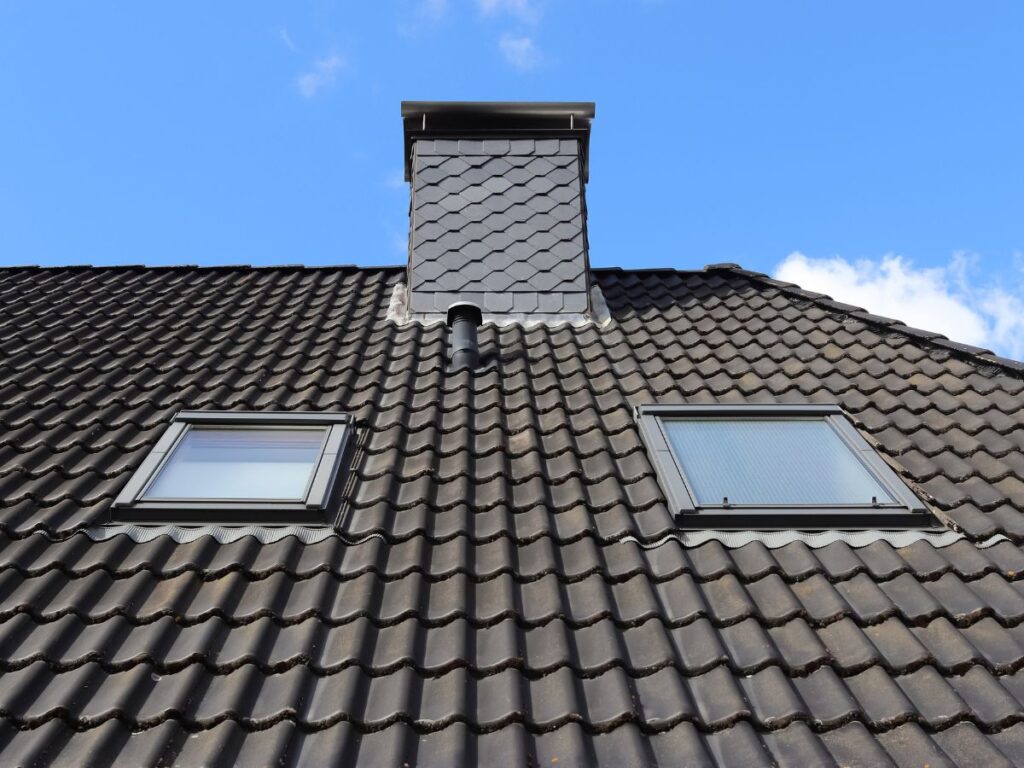
Ensuring proper ventilation in your roof structure is crucial for preventing moisture buildup and promoting energy efficiency throughout your home. Inadequate ventilation can lead to a host of issues, including heat accumulation in the attic, which can damage roofing materials and significantly reduce their lifespan. Additionally, poor airflow can create a conducive environment for mold and mildew growth, further compromising the integrity of your roof.
To maintain adequate ventilation, it is essential to allow for a balanced intake and exhaust system. This typically involves installing vents at both the eaves and the ridge of your roof. Soffit vents at the eaves allow cool air to enter the attic, while ridge vents at the top provide a pathway for hot air to escape. This natural airflow helps regulate temperature and moisture levels, ultimately contributing to a healthier roof and home environment.
Regularly inspect your vents to ensure they are not blocked by debris, insulation, or nesting animals. Clogged vents can disrupt the airflow, leading to the very problems you are trying to prevent.
It’s also advisable to consult with a roofing professional to evaluate your home’s ventilation system and make necessary adjustments. By prioritizing proper ventilation, you can enhance your roof’s durability, reduce energy costs, and maintain a comfortable living space. This proactive approach not only safeguards your investment but also contributes to the overall health of your home.
Address Moss and Algae
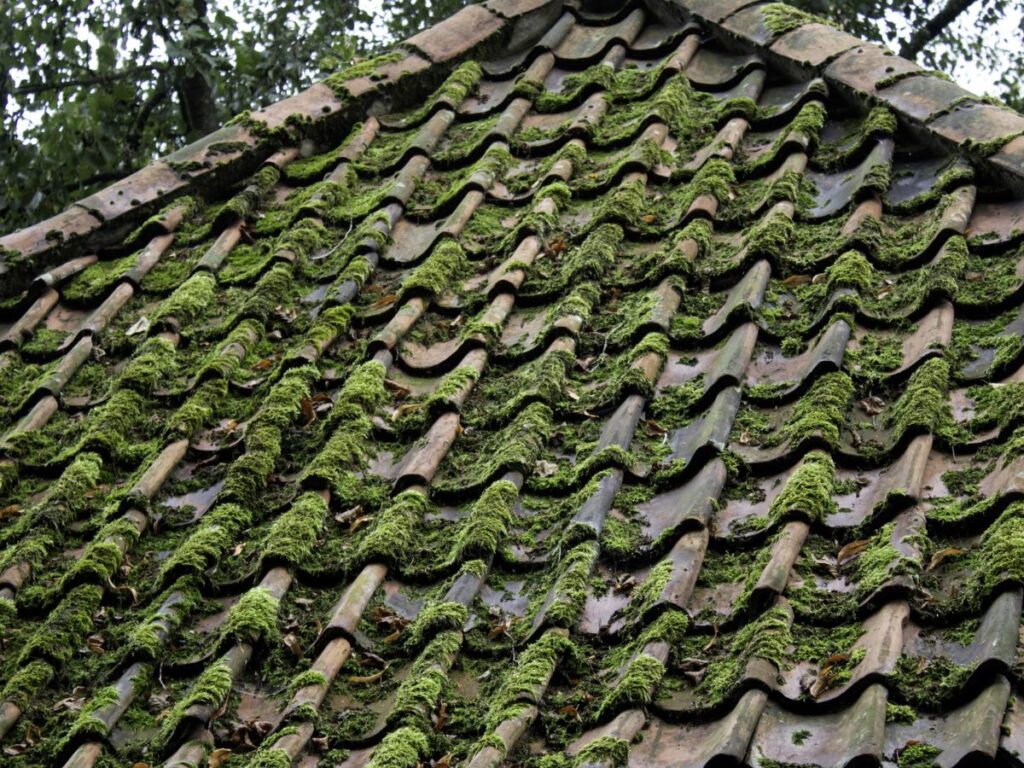
Proper ventilation not only helps regulate temperature and moisture but also plays a significant role in preventing the growth of moss and algae on your roof. These organisms thrive in damp, shaded areas, often accumulating in regions where airflow is restricted. Therefore, ensuring proper air circulation can significantly reduce the likelihood of moss and algae taking hold.
If you already have a moss or algae problem, addressing it promptly is essential to avoid further damage to your roofing materials. Begin by using a soft-bristle brush to gently scrub the affected areas; avoid using pressure washers, as they can dislodge shingles and create additional issues. For stubborn growth, a mixture of water and mild detergent can be applied to kill the organisms. Allow the solution to sit for about 15 minutes before rinsing it off with water.
Preventative measures are crucial for long-term maintenance. Trim overhanging branches that block sunlight and create damp shade, as sunlight can help dry out wet areas on the roof. Installing zinc or copper strips along the ridge can also inhibit moss and algae growth, as rainwater will carry trace elements down the roof.
Regular inspections, ideally twice a year, can help you identify and address moss and algae issues early on. By taking these steps, you can ensure a healthier roof and prolong its lifespan, ultimately protecting your investment and maintaining your home’s value.
Final Thoughts
Regular roof maintenance is crucial for protecting your home and extending the life of your roofing system. By conducting biannual inspections, cleaning gutters, removing debris, and addressing issues like damaged shingles and flashing promptly, you can significantly enhance your roof’s longevity and performance. Proper ventilation and timely action against moss or algae growth further contribute to a healthy, durable roof that safeguards your home’s structural integrity.
At TC Backer Construction, we understand the importance of proactive roof maintenance. As a GAF Master Elite® Certified Roofing Contractor, we have the expertise to help you maintain your roof in top condition. Our comprehensive maintenance services cover all aspects of roof care, from thorough inspections to professional repairs and cleaning.
Don’t wait for small issues to become major problems. Contact TC Backer Construction today at (866) 585-6595 to schedule a professional roof inspection and maintenance service. Our experienced team can identify potential issues early, provide expert solutions, and help you develop a customized maintenance plan to keep your roof in prime condition year-round. With TC Backer Construction, you’re investing in the longevity of your roof and the protection of your home. Let us help you safeguard your investment and enjoy peace of mind for years to come.

